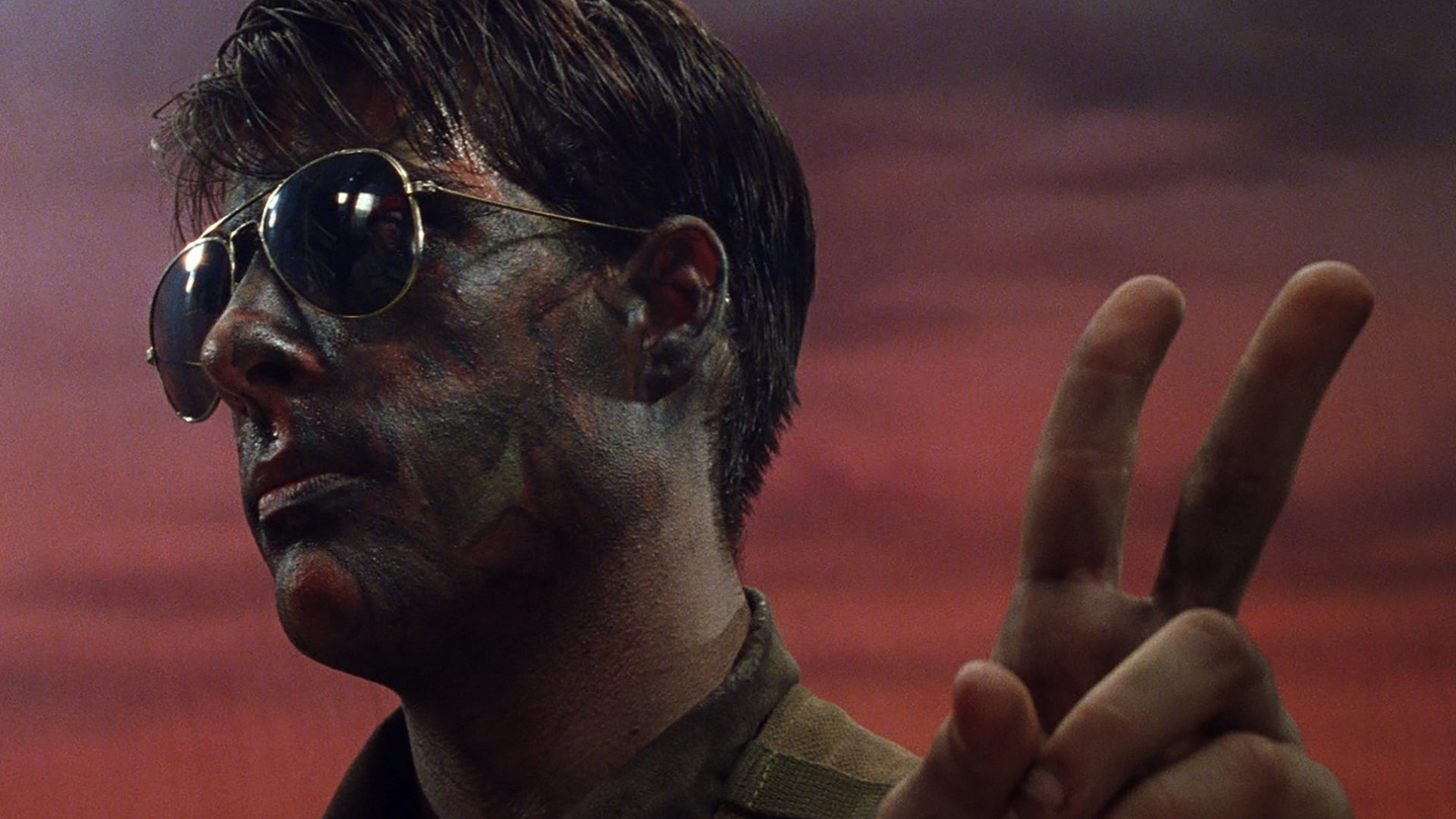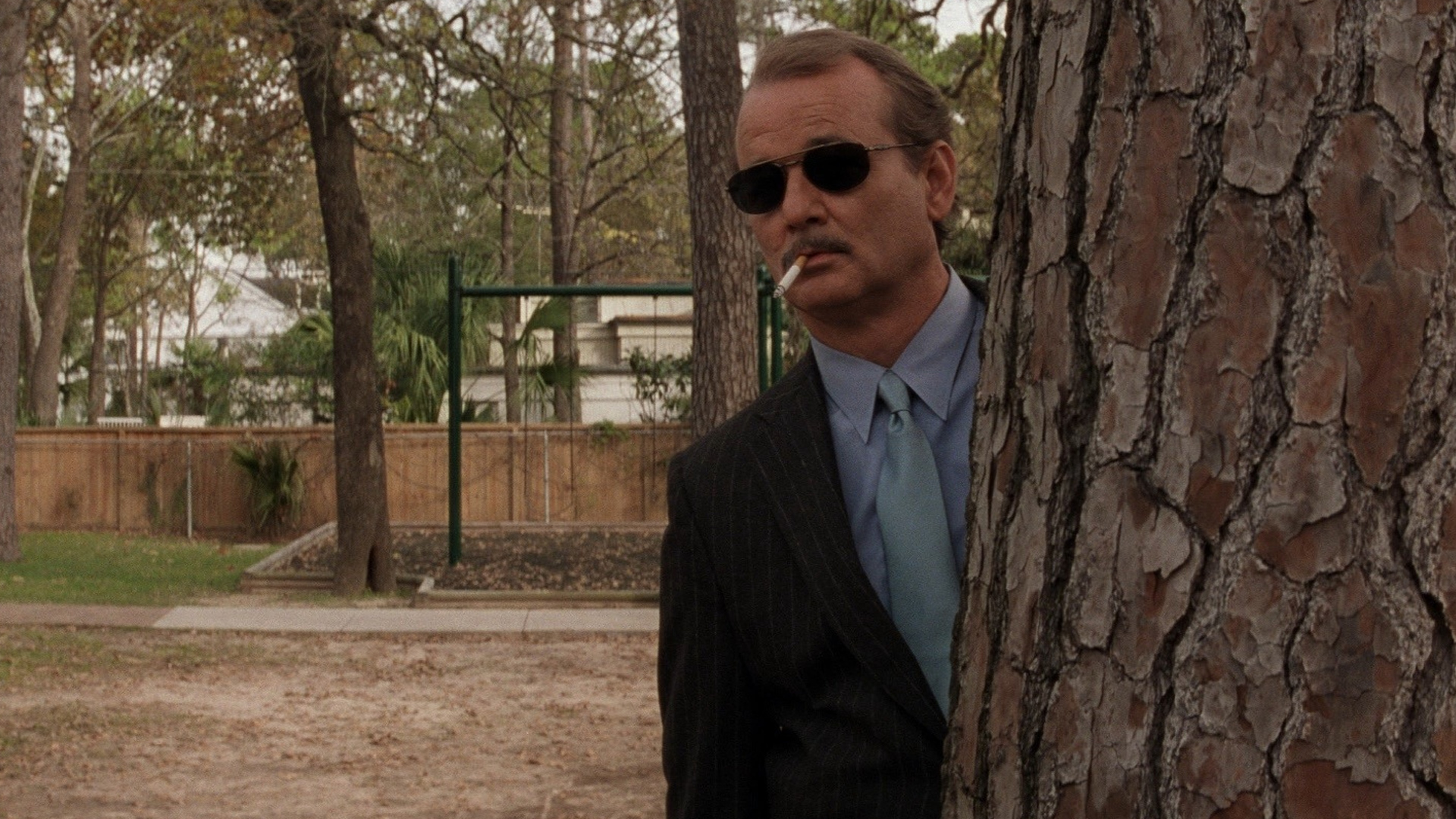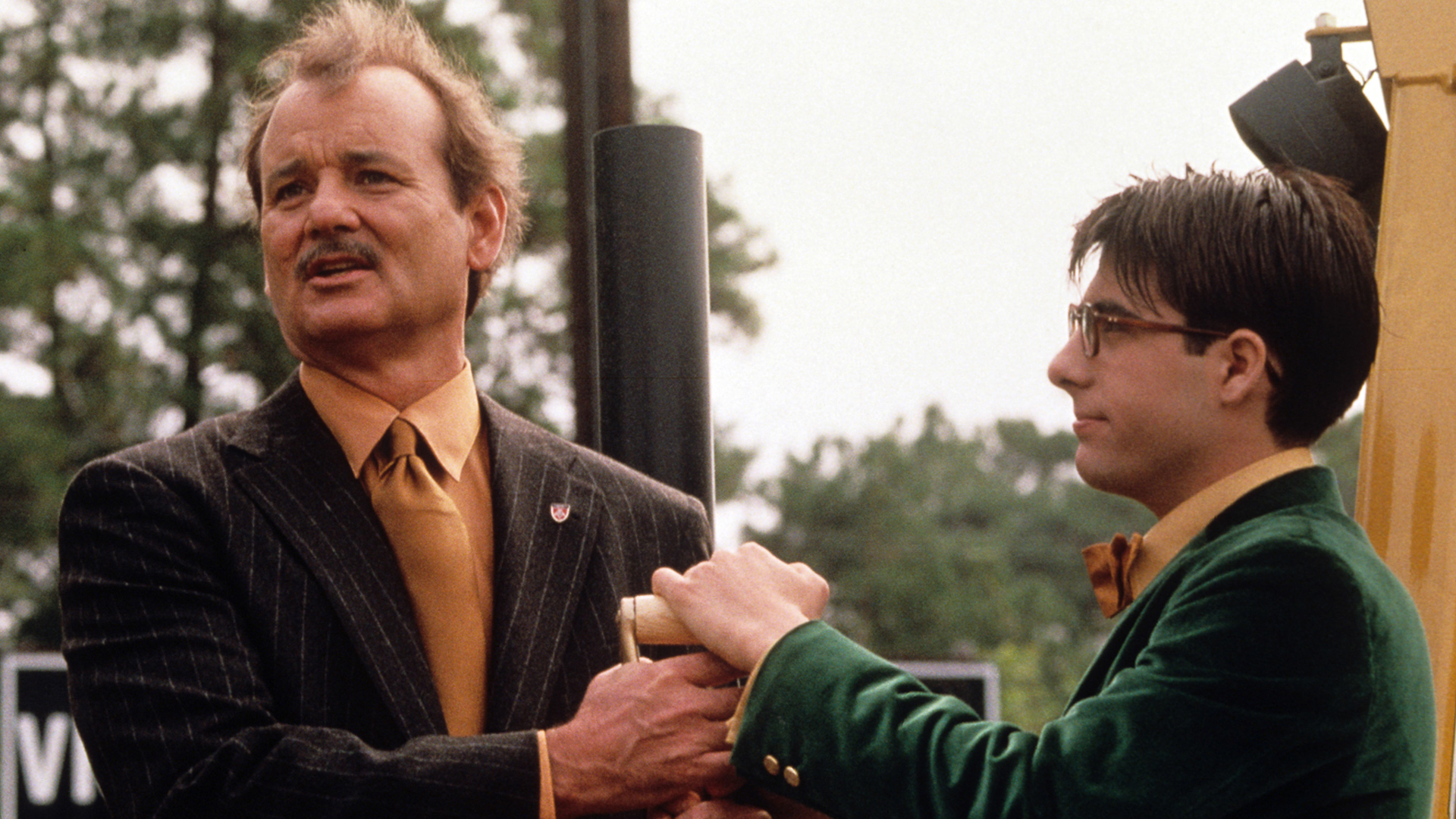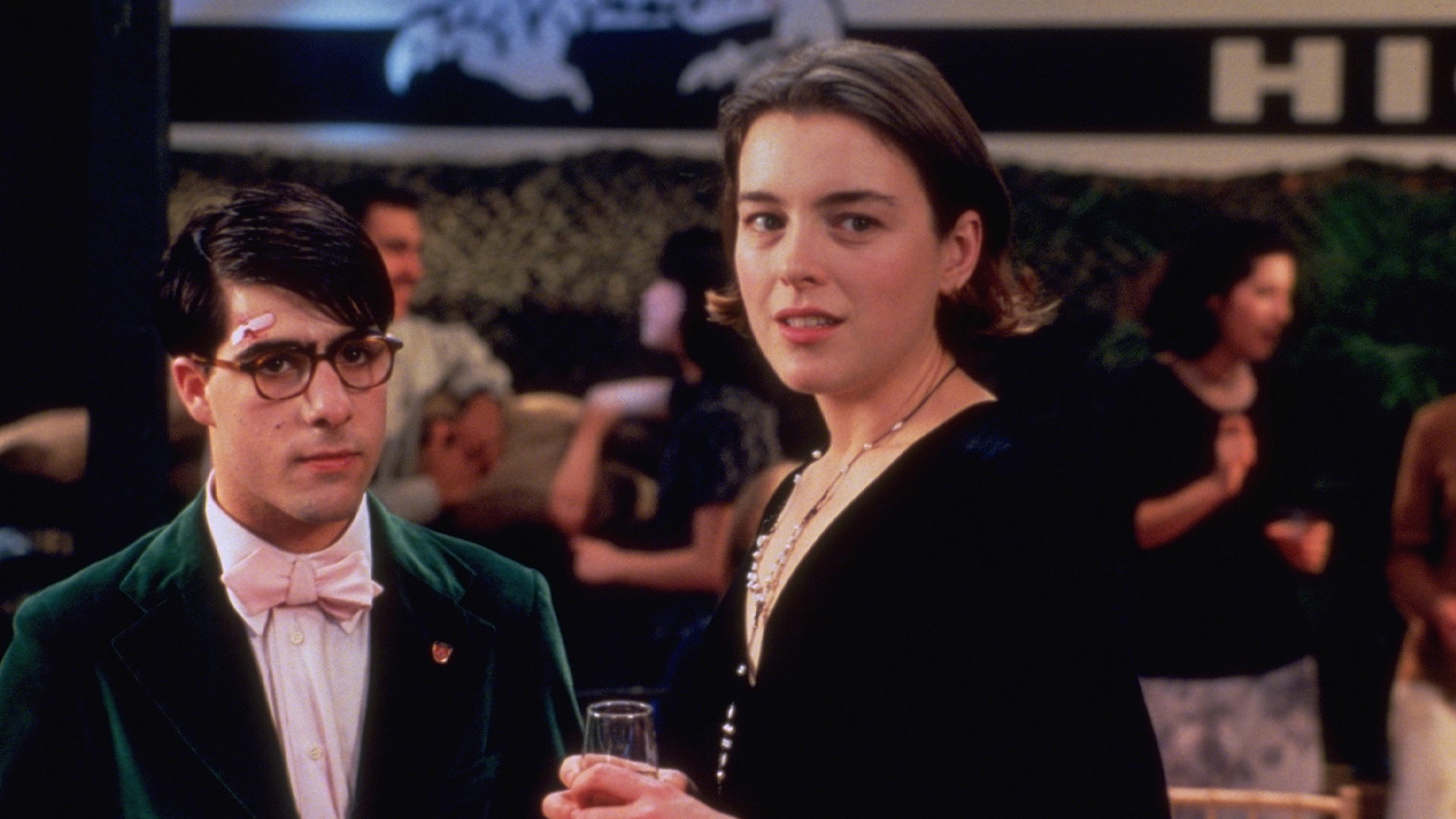Retrospective: 25 years ago, Wes Anderson found his voice with Rushmore

It’s remarkably been 25 years since Wes Anderson’s Rushmore cemented his status as a director to watch (and watch and watch). Travis Johnson revisits the melancholy teen comedy that now stands as a landmark in Anderson’s career.
Rushmore isn’t Wes Anderson’s first feature film—that’d be the 1996 lo-fi crime caper Bottle Rocket. But the thing about Bottle Rocket is that it’s pretty good, but it’s not quite there—you can see some of the ideas and themes that would dominate the rest of his work, and the beginnings of his distinctive quirky-but-controlled aesthetic, but in embryonic form, shackled by a heist narrative that that’s at odds with what the film is actually trying to say. But with his second feature, 1998’s melancholy teen comedy Rushmore, Anderson came into his own. Now, viewed with 25 years’ worth of hindsight, Rushmore stands as a landmark film in both American indie cinema as a whole, and Anderson’s career.
Co-written with frequent collaborator (and old university roommate) Owen Wilson, Rushmore is fairly straightforward in terms of story, but rich in character and theme. Set at the titular prestigious prep school (based on and largely shot at Anderson’s old school, St. Mark’s School of Texas) Rushmore follows eccentric 10th-grader Max Fischer (Jason Schwartzman, making his big screen debut), whose academic indifference stands in stark contrast to his wide-ranging extracurricular activities—he’s the literary magazine editor, calligraphy club president, debate team captain, lacrosse team manager, backgammon society founder and, most notably, founder of the amateur drama troupe, the Max Fischer Players. Anderson’s use of Max’s plays, including an adaptation of Serpico and a Platoon-like Vietnam War epic, presage his fondness for nested-box narrative structures, which reached its apotheosis with the intricately layered Asteroid City.

Max’s life is largely defined by his relationships with adults—an antagonistic one with Headmaster Nelson Guggenheim (a wonderfully grumpy Brian Cox) and a deep friendship with Howard Blume (Bill Murray), a self-made millionaire who sees something of himself in the eclectic Max, who is the polar opposite of his own oafish and privileged teenage sons. However, their friendship turns to bitter rivalry when they both fall for new teacher Rosemary Cross (a luminous Olivia Williams).
It’s not overstating things to observe that Anderson seems to have found his muse in Murray, who would go on to bring his particular brand of ironic ennui to eight further collaborations to date. And while Anderson didn’t exactly save the comedy legend’s career, Murray was in a slump when he agreed to do Rushmore for scale, the film certainly makes better use of him than then-recent prior efforts like elephant comedy Larger Than Life, spy farce The Man Who Knew Too Little, and the obnoxious Space Jam, and elevated the Saturday night Live alumnus to elder statesman status.

Anderson has made no bones about the fact that Rushmore is semi-autobiographical. Like Max, he too immersed himself in a wide range of eclectic activities (including, to no one’s surprise, amateur theatre), was expelled when that tendency saw his grades plummet, and developed a crush on an older woman.
Looking deeper, it’s not hard to see a certain class anxiety permeating all of Anderson’s work and manifesting strongly in Rushmore. Max’s father, Bert (Seymour Cassel, another Anderson fave) is a barber, but Max tells people that he’s a neurosurgeon, implicitly to mask his own working-class origins. It’s not always wise to use an artist’s work as a diagnostic tool, but it’s hard not to draw parallels; a quarter century later Anderson is regarded as an auteur and an intellectual, was born and raised in Texas, and the desire to be accepted in more rarefied circles is a recurring theme in his films, embodied (in a cowboy hat, no less!) most fully by Owen Wilson’s Eli Cash in his next film, The Royal Tenenbaums, who ruefully reflects that he “always wanted to be a Tenenbaum”.

If there’s a marked difference between Rushmore and Anderson’s later films, it’s that his visual style is less straitened here—the careful, symmetrical shot compositions and tightly controlled colour palettes that would become his signature are not entirely absent, but certainly muted, although his love of static shots in montage and the odd dash of slow motion is certainly present. That might simply be the product of Rushmore’s limited budget (around 9 or 10 million), or it might just be that Anderson was still sussing out his own aesthetic. By the time he tackled his next—and, arguably, defining—film, 2001’s The Royal Tenenbaums, Anderson had fully embraced his own artistic predilections, but you can certainly see the rough shape of his aesthetic in Rushmore.

Which all makes Rushmore a fascinating film, especially when contextualised against Anderson’s overall body of work. He’s often been criticised for being too controlled, too pretentious, more concerned with style than substance, but Rushmore, made before Anderson became a brand as well as a director, shows that his artistic concerns have been present from the beginning. Perhaps his entire career has simply been a process of approaching these same themes and ideas from different angles, refining his technique. It might only be “semi” autobiographical, but it’s all about him—and this is what Wes Anderson is all about.



















